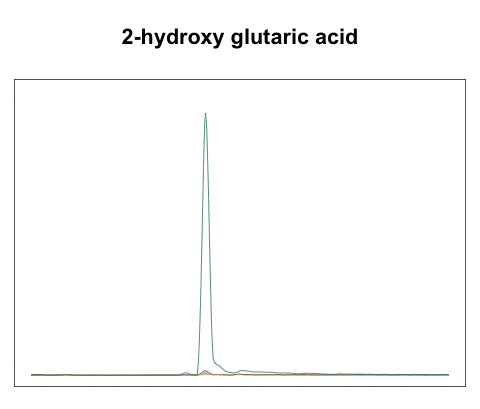
Metabolomics Facility
All living cells are metabolically active, i.e. they take up substrates and use them to fuel a network of biochemical reactions. The intermediates of this network are called metabolites, their entirety is the metabolome. Metabolomics is the study of these chemical fingerprints. Like the genetic code, the metabolic network is highly conserved across species; therefore, metabolomics can work for any biological model.

Metabolites directly reflect a cell’s physiological state, and thus integrates all levels of (genetic) regulation. Moreover, metabolomics is the ideal technology to dynamically observe the response to experimental perturbations, because metabolites can respond within seconds.
To capture the metabolic state of cells, the metabolomics core facility is currently operating 3 mass spectrometers. The GC-MS (Agilent 7890 gas chromatograph coupled to Agilent 5977 mass spectrometer) is the machine of choice for stable isotope label tracing and quantification of total fatty acids. In addition it can also be used for targeted and non-targeted quantification of metabolites. The LC-QQQ (Agilent 1290 Infinity II ultra high pressure liquid chromatography coupled to Agilent 6495 QQQ mass spectrometer) is our platform for high confidence targeted quantification of polar metabolites and lipids. The LC-QTOF (Agilent 1290 Infinity II ultra high pressure liquid chromatography coupled to Bruker Infinity II QTOF mass spectrometer) is ideal for discovery metabolomics, stable isotope label tracing, and ultra fast screening by flow injection analysis. All acquired data and its metadata is securely stored in our database. We use fully automated algorithms and user-friendly software packages to process raw data into a more accessible format such as .xlsx or .pdf.
The metabolomics core facility is more than an analytics lab. We assist users at every step of their metabolomics experiments including experimental design, sample prep, data processing, and data interpretation.
For more information and sample submission, please visit our service page:
http://ms-web.ie-freiburg.mpg.de (internal only)
